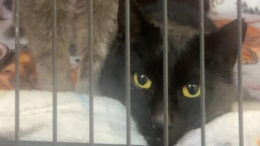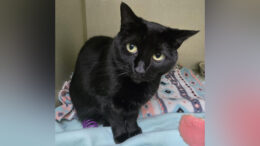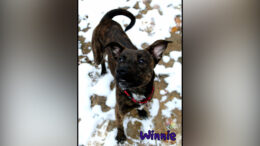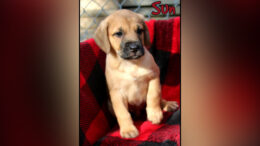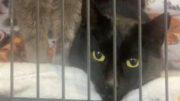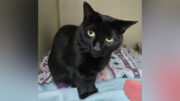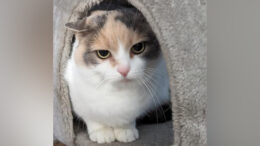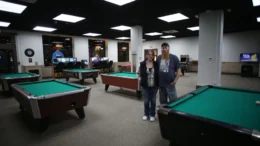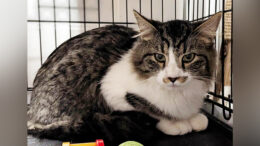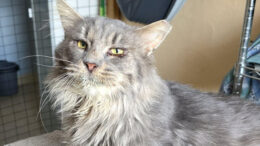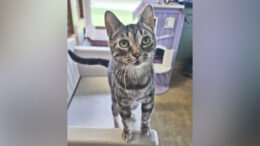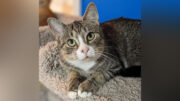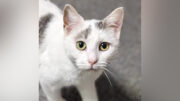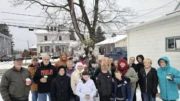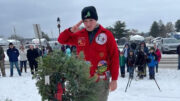A living Christmas tree can be a great way to add a new tree to your landscape, provide a lasting memory, or allow you to enjoy a living plant in your home. When shopping for a living tree, there are two choices: trees in containers and trees that are balled and burlapped, known as B&B. Trees in containers are usually small and generally considered tabletop trees. Some of these may be suitable for planting outside. However, others may not be winter hardy and will need to remain in their pots year-round. These may be brought outside during the summer but returned back inside for the winter. Read the accompanying tag to learn if it is winter hardy in your area. Balled and burlapped trees have been field dug and have large root balls wrapped in burlap or other fabric. These will need to be planted outdoors.
Balled and burlapped trees may be found in nurseries and garden centers, and there are a few things to consider when choosing a tree. It is important to remember it will be much heavier and more cumbersome to transport than a cut tree. A damp root ball dramatically increases its weight, so you may want to select a smaller tree than you typically would when choosing a cut one. You can elevate the tree when you situate it inside to give it added height or allow more room underneath, giving it a larger look. Also, be aware of the tree’s size at maturity so you are sure you have available space in your landscape.
As with any living plant, it is important to keep your tree moist. Trees growing in containers typically have been planted in a light potting mix that drains well and will have drainage holes in the bottom of the container. They tend to dry quickly in your home. Check them daily to be sure the soil remains moist, but do not allow them to sit in standing water. Balled and burlap trees will have heavier, garden-type soil that will retain more moisture. Once you have brought your tree home, place it in a watertight container, such as a large plastic tub or galvanized bucket. While outside, it will not need to be checked as often, but once it is brought inside, where the air is warmer and dryer, check it daily to be sure the root ball remains moist. Putting some stones in the bottom of your receptacle can be helpful so the tree does not sit in standing water.
Often, container trees are already stored indoors, so these may be brought directly into your home. To create less stress on a balled and burlapped tree, before bringing it into your home, allow it to acclimate from outdoor to indoor temperatures. If possible, move it into a garage or shed or a sheltered outdoor location for 1 to 2 weeks. When these trees are dug, they are in a dormant state. For their best chance of survival, it is important that they remain in that state. In order to do this, they should have only a short display period inside; four to five days is ideal, but no longer than one week. Once you have brought your tree inside, select a cool area in your house. Keep it away from heat sources and direct sunlight. Use LED or low-temperature electric lights rather than older-style incandescent bulbs.
Once you purchase your tree, decide where you would like to plant it. It is best to dig the hole early while the ground has not frozen. If the forecast is for freezing weather, you may want to store the soil in a shed or garage to keep it from freezing. To acclimate your tree for winter planting, move it for several days into a cooler location, as you did before bringing it in. You may adjust the time depending on the temperature. If it is unseasonably warm, you can decrease the time or increase the time if it is extremely cold. If you cannot dig a hole before the ground has frozen, it is possible to store your tree in that unheated location to plant in the spring. If you do not have a suitable indoor location, store it in a sheltered outdoor location, position it out of prevailing winds, and mulch the root ball for added protection.
Dig a hole that is 1 to 2 feet wider than the root ball and as deep as the distance between the root flare, where the first main roots attach to the trunk, and the bottom of the root ball. You may need to loosen the burlap or remove some of the soil to find the root flare. The hole should have tapered sides that widen at the top and a firm, flat base. Roughen the sides with a shovel to break up any glazing created by the shovel while digging. The root flare should be level or slightly above the finished grade when planting. Remove the burlap or wire covering around the root ball and any supporting twine. Because natural burlap breaks down quickly, many nurseries now use synthetic burlap, which does not decompose well and may restrict the tree’s roots. Cut the material all the way around the bottom of the root ball to remove the covering and any twine. Once planted, water your tree well and, if possible, mulch it with straw to allow the roots to acclimate to the cold soil. Use the same method if you plant your tree in the spring.
With planning and care, the beautiful tree you enjoyed during the holidays will add lasting beauty to your landscape for years to come.
This educational blog is a series of informative articles from the Penn State Master Gardeners volunteers plus news concerning the group and their activities. For more information, click here.


